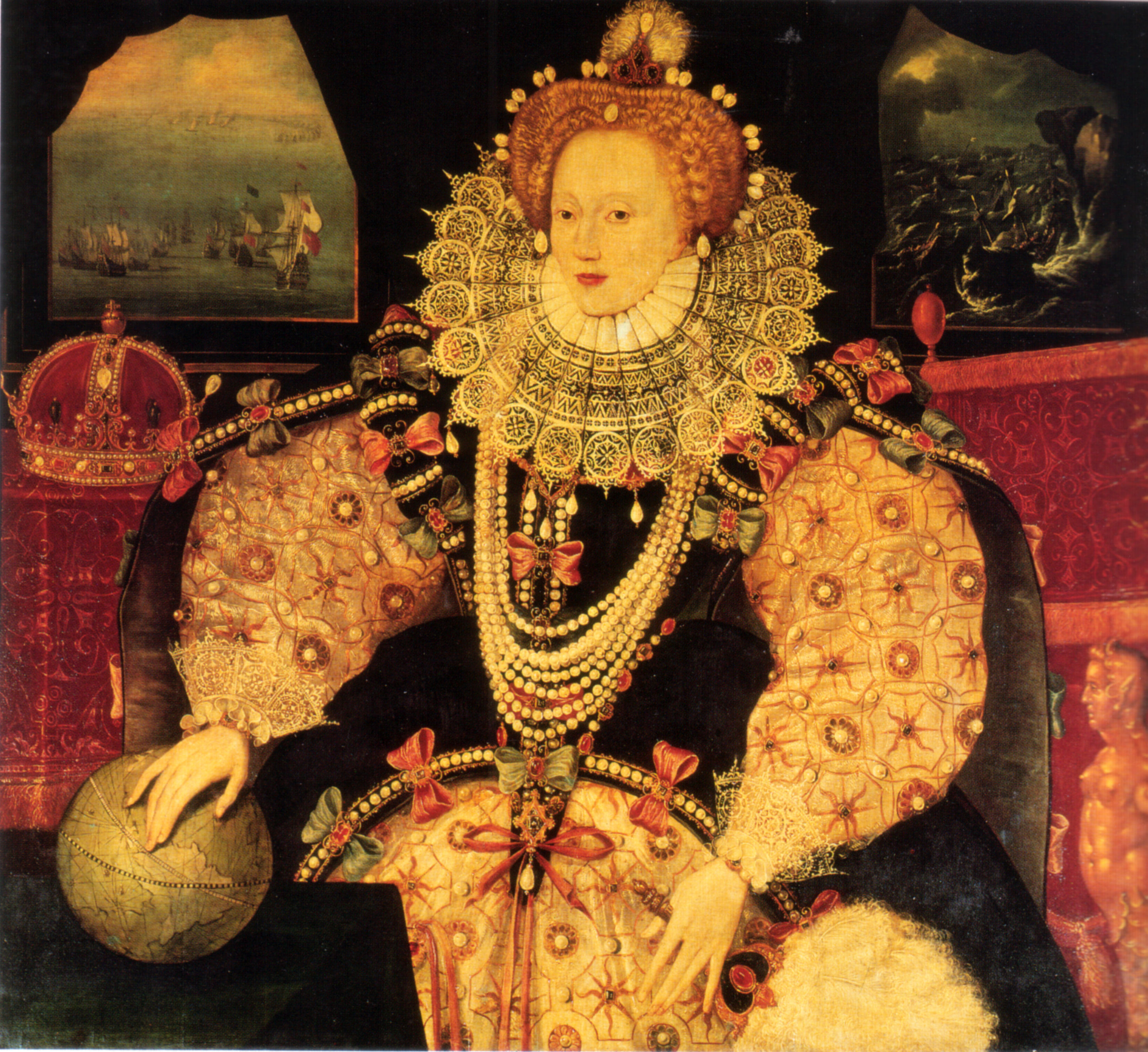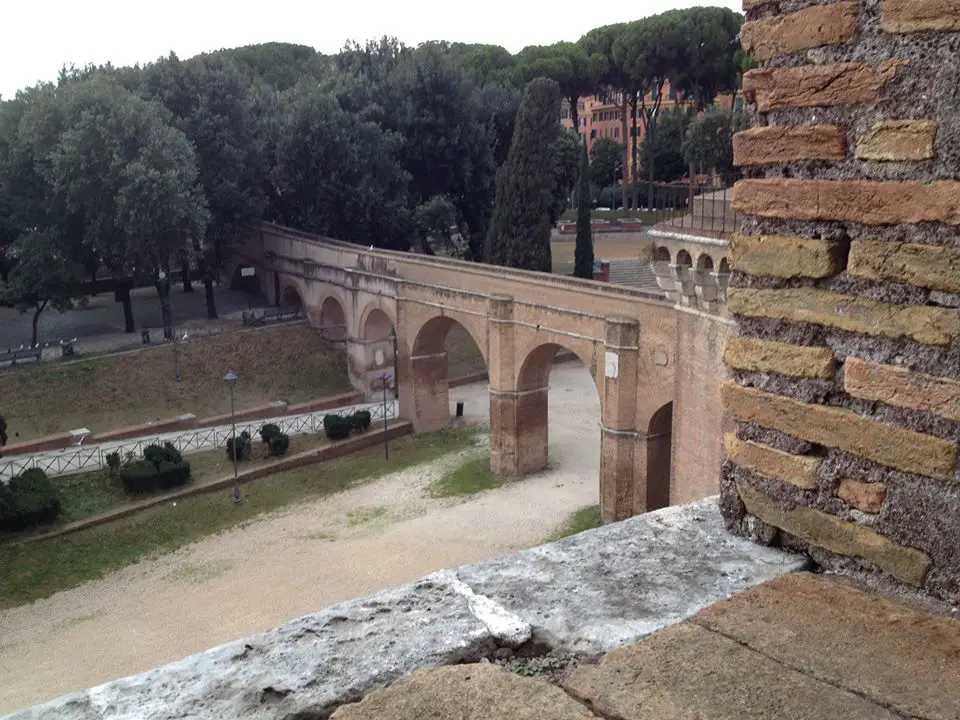On 30th May 1536, King Henry VIII married his third wife, Jane Seymour, in the Queen's Closet at Whitehall; a mere eleven days after the execution of his second wife Anne Boleyn.
Jane Seymour first arrived at court in the late 1520s/early 1530s and attended both of Henry VIII's previous wives, Katherine of Aragon and Anne Boleyn, as a lady-in-waiting. However, it does not appear that the King's eye turned to Jane until early 1536.
In February of 1536, Henry was reported to have sent presents to Jane after Queen Anne Boleyn miscarried a male foetus at only three and a half months. Could it have been that the King was starting to believe that his second wife, because of whom he had broken with Rome and changed the course of religion in England to marry, could not provide him with the heir he so desired? It may be possible that Henry VIII's eye now turned to Jane with the thought of courting her to make her his third wife.
In April 1536, the King sent Jane a purse of money and a letter. Reports from the time suggest that Jane refused the letter and purse and instead fell to her knees begging the messenger to tell the King that:
"she was a well-born damsel, the daughter of good and honourable parents, without blame or reproach of any kind; there was no treasure in this world that she valued as much as her honour, and on no account would she lose it, even if she were to die a thousand deaths. That if the king wished to make her a present of money, she requested him to reserve it for such a time as God would be pleased to send her some advantageous marriage."
Whether she was coached in providing such a response or Jane's words were her own, they worked on the King and his affection for her grew. Henry VIII promised to keep Jane's virtue and vowed that he would only court her with a member of her family present. Thus, the King installed Jane's older brother, Edward Seymour, and his wife, Anne, at Greenwich Palace so that the King could meet with Jane while she was chaperoned.
Yet who was Jane Seymour? The woman who captured the great Henry VIII's attention and became his third wife, and ultimately the mother of his beloved son?
Jane was the oldest daughter of Sir John Seymour of Wolf Hall and his wife, Margery Wentworth. Her exact birth year remains unknown, but at her funeral twenty-nine ladies walked in succession, one for each year of the late queen's life. As Jane died in 1537 then her birth year can be estimated at 1508/1509. She was one of eight children born to her parents, her father a soldier and courtier who fought for the King in 1513 at Tournai and who attended the King at the Field of Cloth of Gold in 1520.
Very little is known about Jane's education and upbringing. It does not appear that she was an extremely literate woman and could only write her name. However, as a young girl being raised in Tudor England, it can be assumed that she would have learned the necessities for women at the time, including needlework, dancing, music, how to run a household and other pursuits deemed fitting for a woman.
In regards to her appearance, the Imperial ambassador at the English Court, Eustace Chapuys, described Jane as being "of middle stature and no great beauty, so fair that one would call her rather pale than otherwise". While she may not have been a great beauty, what she possessed was being quite the opposite of Anne Boleyn, Henry VIII's second wife. Anne was known to be a powerful woman with a strong, determined mind. She was not afraid to voice her thoughts and opinions, and even dared to challenge her husband the King. While this may have been thrilling and exciting during courtship, Henry VIII desired a wife that could not only provide him with a son and heir, but also a wife that was his intellectual equal while also being submissive. When Jane Seymour became queen she took the motto 'Bound to Obey and Serve' - the perfect example of her position.
On the very day of Anne Boleyn's execution, Archbishop Thomas Cranmer issued a dispensation on the grounds of affinity (that Jane and Henry were fifth cousins) allowing the King and Jane to marry. The couple were betrothed the following day on 20th May.
Following their marriage on 30th May, Jane was introduced at court during the Whitsuntide festivities and was then presented to the people of London in June. While a coronation was tentatively planned for the new queen it had to be postponed due to an outbreak of the plague in the city of Westminster.
In May 1537, it was announced at court that Queen Jane was finally pregnant. The King was filled with such elation that he ordered bonfires to be lit in celebration. He showered Jane with presents and it is reported that during her pregnancy Jane craved quail and to satisfy his wife Henry VIII ordered the best quails from Flanders and Calais.
The Queen had to spend the last month of her pregnancy shut away in her chambers at Hampton Court. Jane's chambers were designed to represent a womb and would have been hung with tapestries covering the walls and windows, with only one window left open to let in a little light and fresh air. There would have been carpets on the floor and a strong fire crackling to provide warmth. Jane's labour lasted for two days and three nights until finally on 12th October she gave birth to a son. At the age of forty-seven, Henry VIII finally had a legitimate son and heir. In celebration of the birth of a Prince and heir a "Te Deum was sung in Paul's and other churches of the city, and great fires [were made] in every street, and goodly banquetting and triumphing cheer with shooting of guns all day and night, and messengers were sent to all the estates and cities of the realm, to whom were given great gifts."
Tragically, Jane Seymour would have very little role in her son's life. She died just twelve days after the birth of her son at Hampton Court on 24th October 1537. It is most likely that she died from puerperal fever, an infection of the v*ginal passage or womb. Her body lay in state in the Chapel Royal at Hampton Court for two weeks before she was taken to St George's Chapel, Windsor Castle for burial.
As Jane Seymour was only queen for a very short period of time, it is difficult to understand her true nature and intentions. Many people view her as a simple woman, a mere pawn of her family's desire to see her on the throne and in turn lift their own positions at court. Some see her as a cunning, conniving lady-in-waiting who took the opportunity to see Anne Boleyn fall and replace her. Whatever people's thoughts on Jane Seymour, it should be known that she worked diligently to reunite Henry VIII with his daughters, Mary and Elizabeth, as well as attempting to have Henry recognise Mary's claim to the throne. Ultimately Jane Seymour will always be remembered as the woman that gave her life providing Henry VIII with his longed-for son and heir.
Tudor Society members can view Gareth Russell's excellent talk on Jane Seymour - click here.
Today is also the anniversary of the death of Christopher Marlowe, the poet and playwright, and Tudor Society members can find out more about him in Claire's Christopher Marlowe video.
Sarah Bryson is the author of "Mary Boleyn: In a Nutshell" and "Charles Brandon: The King's Man". She is a researcher, writer and educator who has a Bachelor of Early Childhood Education with Honours and currently works with children with disabilities. Sarah is passionate about Tudor history and has a deep interest in Mary Boleyn, Anne Boleyn, the reign of Henry VIII and the people of his court. Visiting England in 2009 furthered her passion and when she returned home she started a website, queentohistory.com, and Facebook page about Tudor history. Sarah lives in Australia, enjoys reading, writing, Tudor costume enactment and wishes to return to England one day.
Notes and Sources
- Eakins, L (2012) ‘The Six Wives of Henry VIII’, viewed 14 May 2016, Available from Internet http://tudorhistory.org/wives/.
- Letters and Papers, Foreign and Domestic, of the Reign of Henry VIII, 1509-47, ed. J.S Brewer, James Gairdner and R.H Brodie, His Majesty's Stationery Office, 1862-1932.
- Loades, D (2010) The Six Wives of Henry VIII, Amberley Publishing, Gloucestershire.
- Luminarium 2011, ‘Luminarium: Anthology of English Literature’, viewed 14 May 2016, http://www.luminarium.org/renlit/.
- Oxford Dictionary of National Biography, Jane [née Jane Seymour] (1508/9–1537), Oxford University Press, viewed 14 May 2016, http://www.oxforddnb.com/.
- Starkey, D (2003), Six Wives: The Queens of Henry VIII, Vintage, London.
- Weir, A (1991) The Six Wives of Henry VIII, Grove Press, New York.




Very interesting..I was told by my father ,whose aunt looked up the “family line many years ago,that we are decent ed to Lady Jane Seymour.
The Dispensation was required not because Jane and Henry were 5th cousins but due to the fact Jane, Anne and Mary Boleyn shared a great-grandmother in Elizabeth Cheney, making them second cousins.
Their maternal grandmothers were half-sisters. Their mothers, Elizabeth and Margery were 1st cousins.
This made Jane also related to Kathryn Howard in the same relationship.